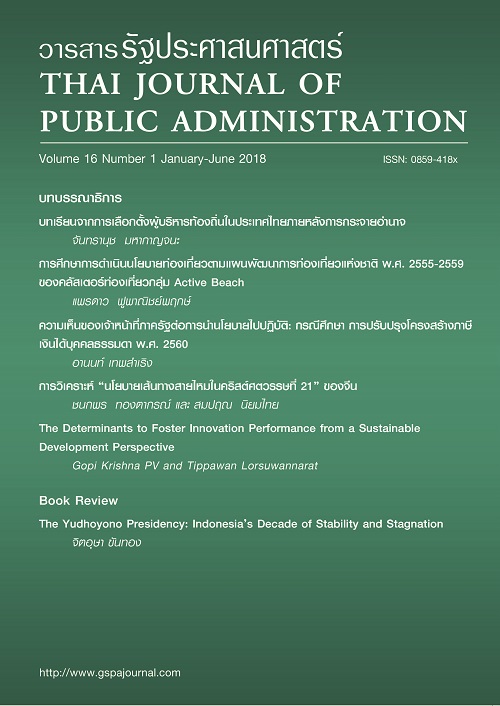Analysis of China’s 21st Century Silk Road Policy
Keywords:
Belt and road initiative, new Silk Road, China’s 21st century Silk Road policy, Xi Jinping, China foreign policyAbstract
China set up the Silk Road Policy in the 21st century as a key tool to achieve the Chinese Dream to restore national prosperity. This article describes and analyses China’s current Silk Road Policy through the analytical framework of Hegemonic Stability Theory and the Soft Power Theory. Drawing on documentary research and in-depth interviews, the article addresses the following topics: (1) the origins of the Silk Road Policy; (2) how it is vital to China in managing domestic issues and international relations; (3) its two main goals, namely, promoting economic growth, and ensuring domestic security while expanding China’s geopolitical influence; (4) the policy’s main framework; and (5) how it has been implemented under President Xi Jinping, over the period 2013–2017, on both domestic and international fronts. We conclude that China’s engagement of a soft-power approach—encompassing economic, social and cultural facets—is helping the Chinese leadership to meet its goals.


